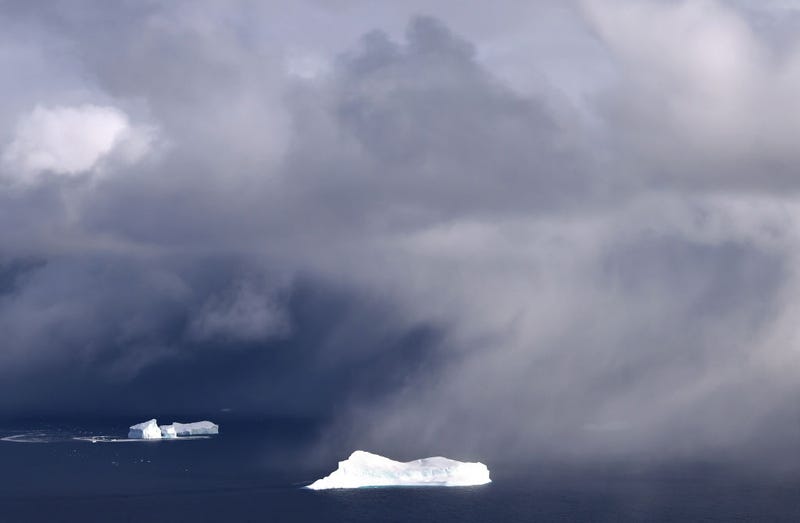
Ghostly hunks of ice clinging to thicker parts of Greenland’s ice sheet are expected to contribute to a 10.6-inch rise in ocean levels, according to a study published Monday in the Nature Climate Change journal.
William Colgan, a glaciologist at the Geological Survey of Denmark and Greenland and an author of the study, called this ice “dead ice,” in a recent interview with the Associated Press. The outlet referred to it as “zombie ice.”

“It’s dead ice. It’s just going to melt and disappear from the ice sheet,” Colgan explained. “This ice has been consigned to the ocean, regardless of what climate (emissions) scenario we take now.”
Jason Box, a glaciologist at the Greenland survey and lead author of the study added that the ice is “more like one foot in the grave.”
Although “zombie ice” is attached to larger swaths of ice, it is no longer being replenished with new snow by parent glaciers. So, it will eventually melt away due to climate change, contributing to rising water levels globally.
“Ice loss from the Greenland ice sheet is one of the largest sources of contemporary sea-level rise (SLR),” according to the study. Its authors aimed to understand more about ice sheet disequilibrium.
The National Snow & Ice Data Center also monitors melt levels for the ice sheet. In the past, snowfall from Greenland’s mountains would fortify the area’s glaciers. However, it has decreased over the past few decades.
Researchers who contributed to the recent study believe that the estimated 10.6-inch rise in ocean levels will occur regardless of future climate change. While the timeframe for all the “zombie ice” to melt was provided, Colgan said it can be expected in the next century, or at least by 2150.
Since 1880, the sea level has risen 8 to 9 inches and it is now accelerating, said Climate.gov. Already, high-tide flooding is 300% to 900% more frequent than it was 50 years ago in many locations along U.S. coastlines.
According to another study Colgan contributed to that was published earlier this summer in the Advancing Earth and Space Science journal, “the Arctic is warming more rapidly than the rest of the world,” and that warming is having “an especially profound impact on Greenland’s ice cover.”
That study also said “small peripheral glaciers appear poised to play an outsized role in Greenland ice loss for decades to come.”
Rising sea levels play a role in flooding, shoreline erosion and hazardous storms.
“In urban settings along coastlines around the world, rising seas threaten infrastructure necessary for local jobs and regional industries,” said Climate.gov.
“Roads, bridges, subways, water supplies, oil and gas wells, power plants, sewage treatment plants, landfills – the list is practically endless – are all at risk from sea level rise.”
In the U.S. alone, 30% of the population lives in coastal areas that are especially vulnerable to rising sea level-related risks.
LISTEN on the Audacy App
Sign up and follow Audacy
Facebook | Twitter | Instagram

